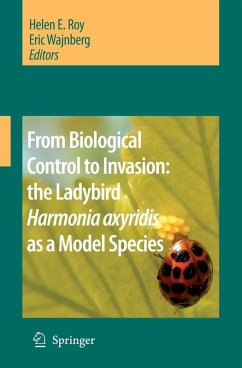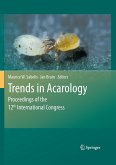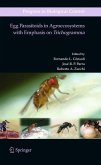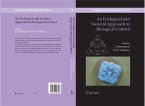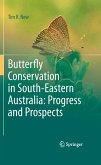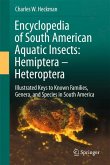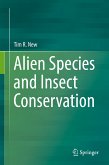Written by renowned scientists, this book is a synthesis of recent research on H. axyridis and provides informative insights into current perspectives and future directions. Biological control is an essential component of sustainable agriculture but the distinction between a successful biological control agent and an invasive species can be narrow. We hope that lessons can be learnt from H. axyridis.
Previously published in BioControl, Volume 53, No. 1, 2008.
Dr Helen E. Roy is an ecologist with the NERC - Centre for Ecology and Hydrology in the UK. She has experience in insect ecology and behaviour and has published widely in this field. Specifically her research interests focus on ladybirds and their interactions with other species including pathogenic fungi. Over the past 14 years Helen has studied such intraguild interactions within the context of biological control. She is currently the convenor of the IOBC WPRS (International Organisation of Biological Control) study group on Beneifits and Risks associated with Exotic Biological Control Agents.
Dr Éric Wajnberg is a population biologist specialised in population genetics, behavioural ecology and statistical modelling. He develops theoretical approaches - mainly based on Monte Carlo simulations - and experiments are conducted in order to verify the predictions obtained. He is also an expert in biological control (past Secretary General of the International Organisation of Biological Control - IOBC), with more than 20 years of work with insect parasitoids. Hehas already published several books on the use of insect parasitoids in biological control programmes against crop pests.
Dieser Download kann aus rechtlichen Gründen nur mit Rechnungsadresse in A, B, BG, CY, CZ, D, DK, EW, E, FIN, F, GR, HR, H, IRL, I, LT, L, LR, M, NL, PL, P, R, S, SLO, SK ausgeliefert werden.

